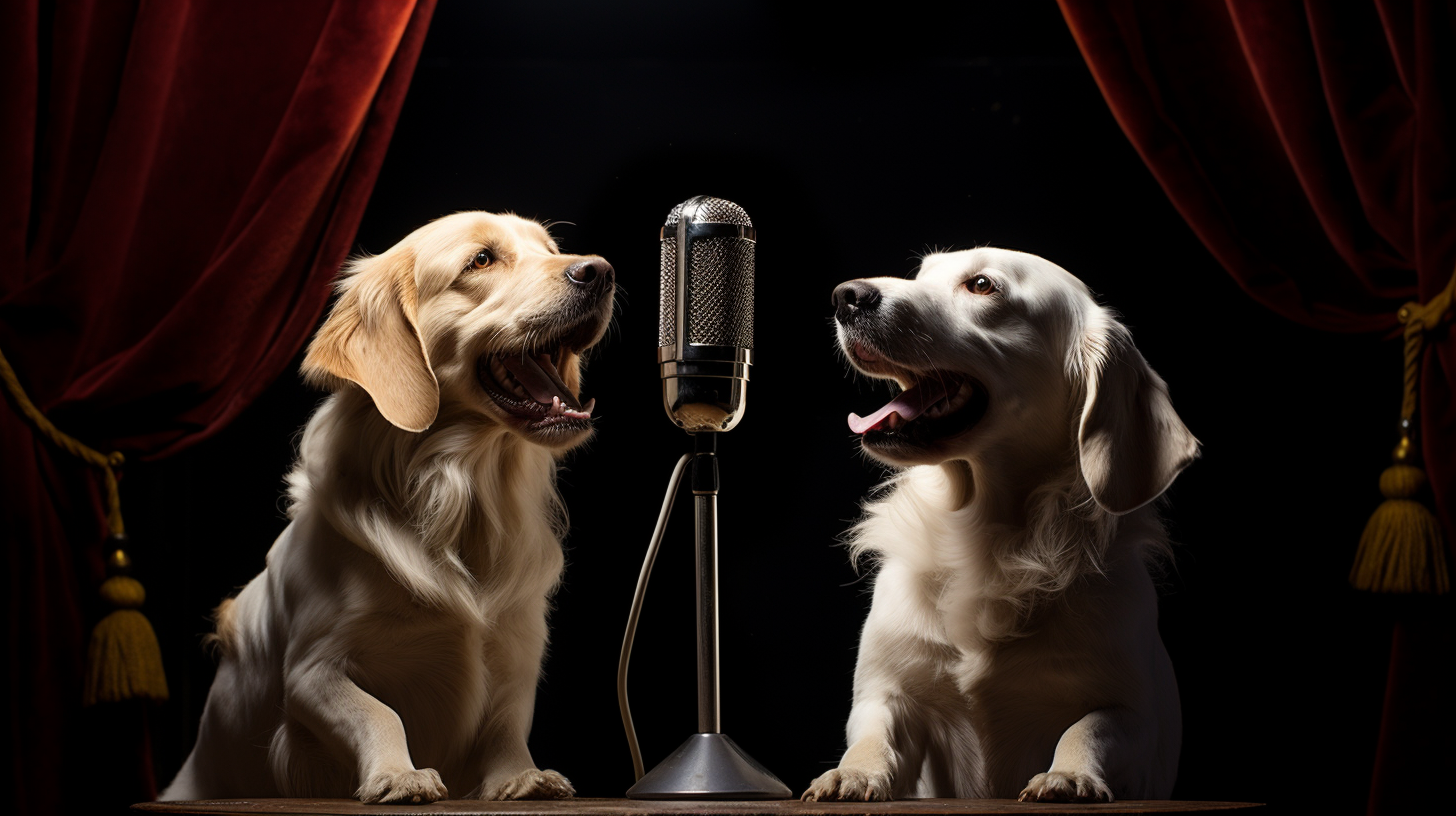In the harmoniously orchestrated streets of the Canine Republic, the air vibrates with more than the usual bark and banter of daily life. A melodious wave has swept over our sophisticated society, where the latest trend isn’t fetched by four paws but carried on the ethereal notes of what is quickly becoming a cultural cornerstone: dog operas. But one must ponder – are these complex compositions the contemporary howl of music in our Republic?
Since the onset of this puppy-love affair with grand operatic productions, citizens have been enamored with the innovation and nostalgia that comes wrapped in a symphony of howls and harmonies. Last month’s runaway hit ‘The Groomer of Seville‘ piqued the public’s interest in melodrama and melody.
Recently, stages across the Republic have been set alight with ambitious new productions, among which ‘Hound of the Baskervilles‘ is eagerly anticipated. The mystery and allure encapsulated in its name alone have had pups to elders wagging their tails in excitement. Like a dog with a bone, this fascination seems unshakeable, but the question remains: is this just a squeaky toy of a trend or the birth of an enduring art form?
Classically, operas have been a rich meld of storyline, set design, costume, and – most importantly – voice. Canine operas, however, bring a fur-reshing tweak to these traditions. It’s not just about the bark, but also about the bite of the story. Combining breed-specific vocal ranges and interspecies themes, these operas resonate deeply with our pack’s psyche.
The canine tenor, an exceptionally rare vocal talent, has gained prominence, and their performances have been met with howls of approval from audiences. Sopranos, altos, and basses of diverse breeds have found a platform where their natural abilities are not only showcased but celebrated amidst the applause and tail-wagging of enchanted onlookers.
Tail-wagging technology has played a paw-sitively significant role, with scene transitions powered by LED-lit collars and bark-activated stage effects. There’s a whisper down the alley about the new Dolby Surround Sound system modeled after a dog’s ear that’s bound to revolutionize canine acoustics. Fashion, too, has taken a front-row seat, as costume designers create pieces that accommodate the range of motion needed for charismatic and athletic leaps that characterize a dog’s expression.
Community feedback shows that patrons leave performances inspired, reflecting on the intricacies of societal interrelations. It’s a testament to the potential of dog operas as vessels for subtle commentary on pressing issues, with art mirrors life. Some critical snouts, however, maintain a reserved stance, arguing that the quick rise in popularity may lead to a repertoire focused too heavily on spectacle over substance.
One cannot simply ignore the communal howl calling for more, yet we must not let the excitement disorder our critical faculties. Will these operas continue to fetch attention and contribute meaningfully to our culture, or will they simply fade away like the last notes of a forgotten lullaby? The spotlight is certainly on dog operas. They have the stage, they have the voice, and now, they must demonstrate the staying power.
As the lights dim and the curtains prepare to rise on yet another night of high drama and stirring arias, we sit in anticipation. Is this the beginning of an illustrious era of canine creativity? Will the rehearsal rooms remain abuzz with the sound of compositions old and new? Only time will present us with these answers, but for now, we revel in the richness of our culture’s embrace of opera – the new, beloved howl of music.
